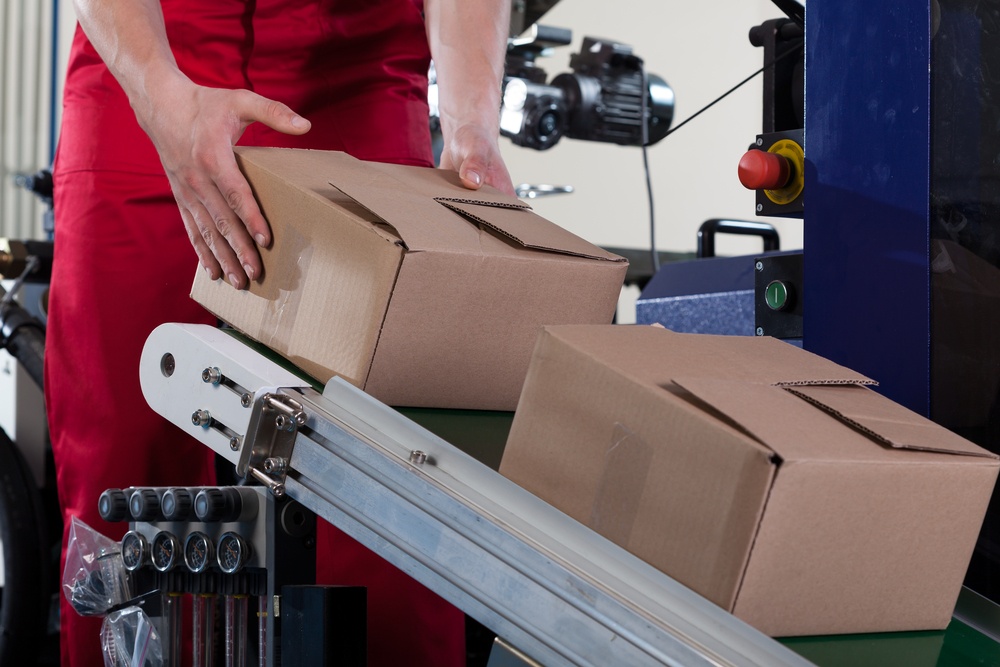
Serial / Batch tracing is critical for any business that is interested in quality management.
What is serial and batch tracing?
A serial number is a unique identifier given to a specific individual item or product. A batch number identifies a group of items or components created from a particular production run. Therefore, all items in a specific production run will have the same batch number.
The benefit of unique identifiers such as serial numbers is they provide the ability to trace the movement / lifecycle of one item on its journey through your business. Without it, you have no documented way of tracking when the item was either received into stock or manufactured. If you have multiple suppliers for the same item, there is no easy way to determine which supplier the item came from.
When everything in the business is running as it should, serial and batch numbers might seem like an unnecessary admin task. However, when your customer calls to advise you the item you sold them is faulty, the time taken to implement serial/batch number traceability pays itself back many times over.
From the serial number you can identify when the item was shipped to the customer and can work back from there. If you manufactured the item, you can see when it rolled off the production line and which components were used to make it as well the different routing stages the item went through during production. If the components you used to manufacture the item are batch traceable and you can determine which component caused the fault it can then be trace back to the batch it came from. Then other items can be identified which may have been manufactured using that same potentially faulty batch and where the components originated from.
There are other benefits to implementing traceability for companies. If your company supplies products or uses components/ingredients in the manufacturing process that have a finite shelf life then batch tracing can take on another valuable role, capturing information such as the expiry date of the batch. If you work with perishable stock but are unable to determine when it must be sold or used by you have the potential issues of, waste/spoilt stock or worse that components/ingredients passed their expiry date are being used/sold to customers. Selling sub-standard or even dangerous products is not a position any company wants to find itself in.
In addition, if your company offers a warranty on an item then the introduction of a serial number can increase efficiency for the business, an example of this shown below.
Example od serial and batch tracing
A client buys five of the same product from you but purchases them a week apart, each with a 12-month warranty. If the first of the five products were to develop a fault after 55 weeks how do we know the warranty has expired on that product? The last of the five products purchased still has two weeks warranty left to run so you might potentially find yourself servicing a product outside of its warranty. Serial tracing would prevent this as each product sold would have its own unique serial number including information such as warranty end date.
The five benefits to introducing serial and batch traceability, include
-
Improved individual product identity/traceability
-
Item expiry tracking
-
More efficient and faster product recall
-
Reduced stock wastage
-
Greater business insight/analysis
Keeping track of serial/batch numbers using a manual paper system or even Excel can be a painful and laborious task. Here at Shorts we pride ourselves on our software project team’s ability to analyse the requirements of companies of all sizes and provide software solutions to suit their needs. If your business could benefit from a solution to help manage processes such as serial/batch tracing, then please contact us.
Other relevant articles

Alicia Williams
I am the Director of the Genus team at Shorts, a chartered certified accountant and Xero specialist. I specialise in cloud-based accounting solutions, particularly Xero and add-on software, helping clients streamline processes and improve efficiency. As a Client FD, I work closely with businesses to give them a clear understanding of their current position and support their long-term planning and growth.
View my articles

